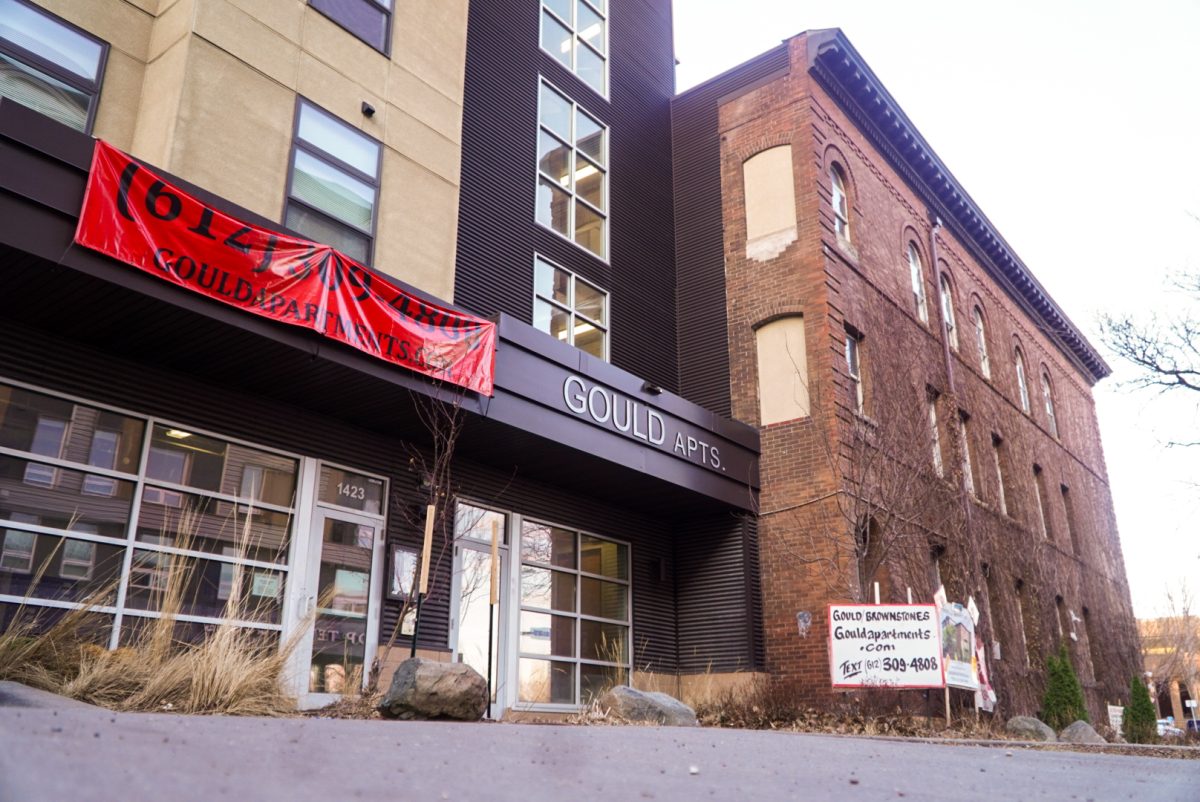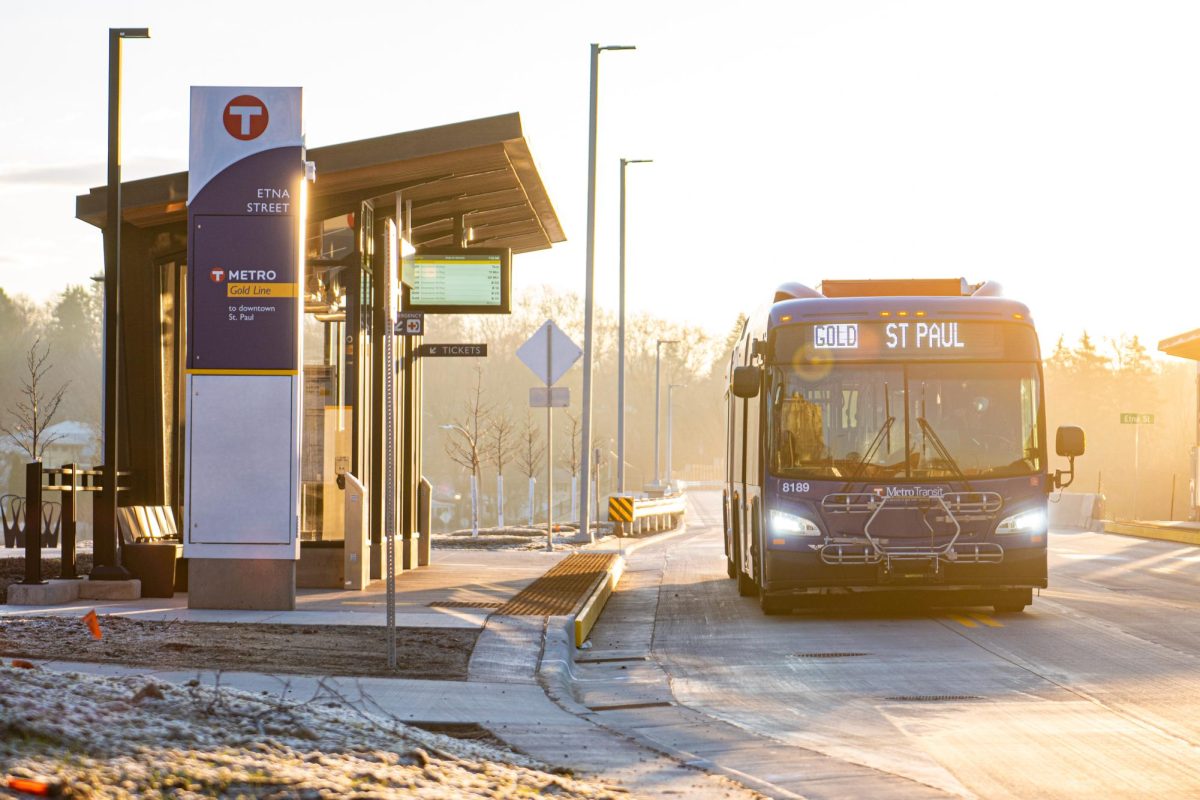From Coffman Union, it would take about three seconds to download all 73.5 MBs of Cardi B’s debut album through Wi-Fi – up to four times faster than speeds a year ago.
Got a cable? A wired connection could double that speed. For the almost 52,000 daily users at the University of Minnesota and the almost 66 terabytes of data they use every day, these high speeds come thanks to a recent internet infrastructure upgrade through the University’s Next Generation Network Project. The three-year, system-wide overhaul started in 2017 and has updated the campuses’ internet hardware.
As a result, Wi-Fi speeds are up to four times faster and wired network speeds are 10 times faster than before, said Louis Hammond, service owner of the University data network.
“We upgraded to the very latest technology that this vendor has to offer,” Hammond said.
Most of the Wi-Fi upgrades were completed in February 2018, and more routers, network switches and other security components are currently being implemented. The project is anticipated to be completed by June 2020.
“That will provide us network capabilities for the next 10 years,” Hammond said.
The test
The Minnesota Daily conducted speed tests at 75 buildings on the Minneapolis campus to measure their download speeds.
The tests were conducted on the “eduroam” network, the primary University Wi-Fi network, through a University-hosted website provided by the Office of Information Technology.
To collect the data, three trials were done at each building in close, unobstructed proximity to a wireless router. The data presented is the average of the three trials. Testing took place on April 13, 16 and 17 between 10 a.m. and 7 p.m.
Hammond said Wi-Fi connectivity is intended to be evenly distributed around campus, but some factors do impact performance. Things like the number of devices connected to the internet and proximity to light rail and transit routes, which have their own Wi-Fi access points, can cause interference, he said.
A building’s construction materials can also affect performance. Concrete and stone walls, metal siding and high-efficiency glass windows inhibit radio frequencies. Drywall, on the other hand, is more signal-friendly.
Wi-Fi speed is partially dependent on the processing power of the device it is connected to. The Daily’s tests were done on a 2013 13-inch MacBook Air.
The data collected by the Daily found the average campus download speed to be 232.6 Mbps— 209.91 higher than the average household in 2017.








